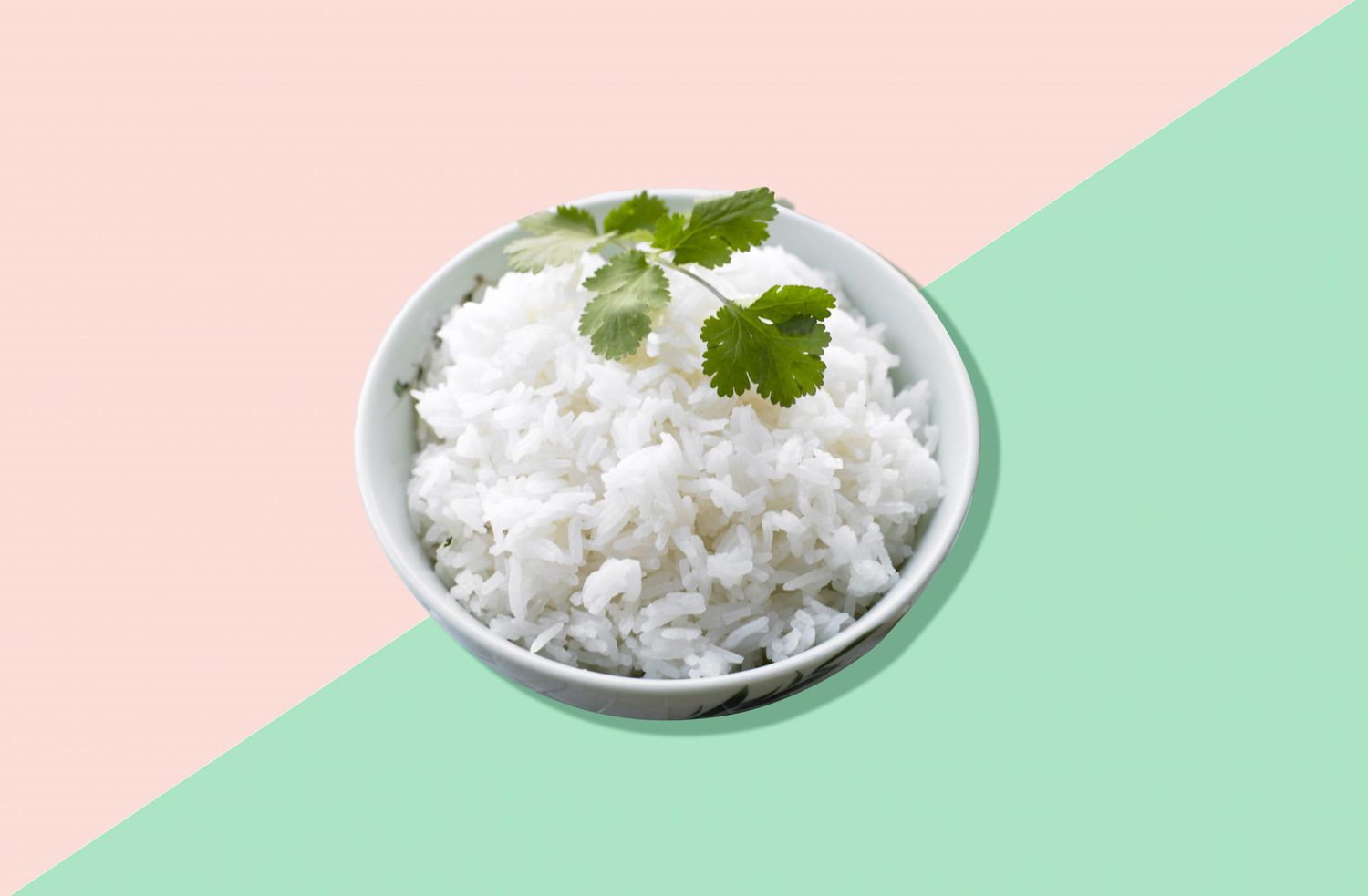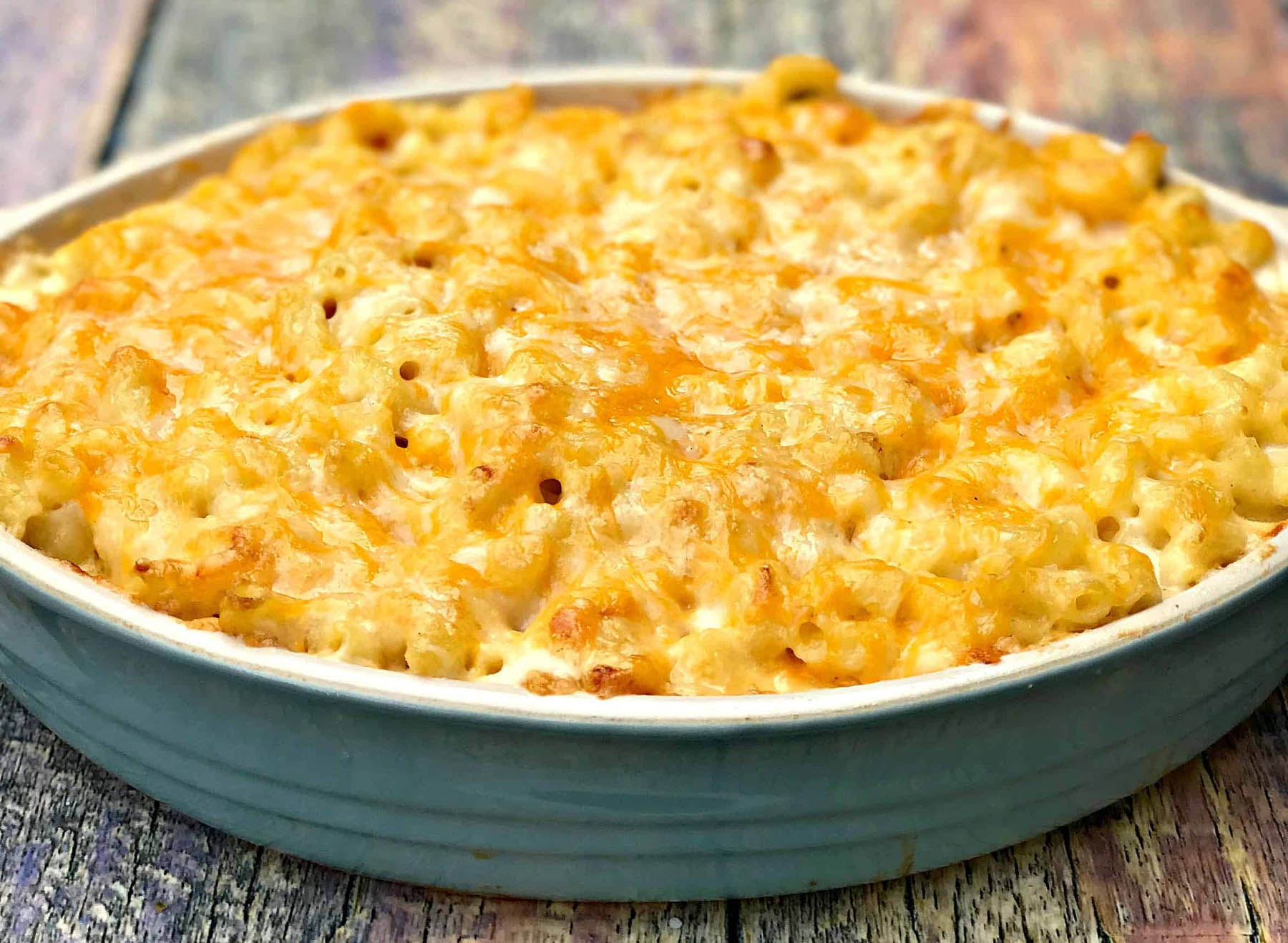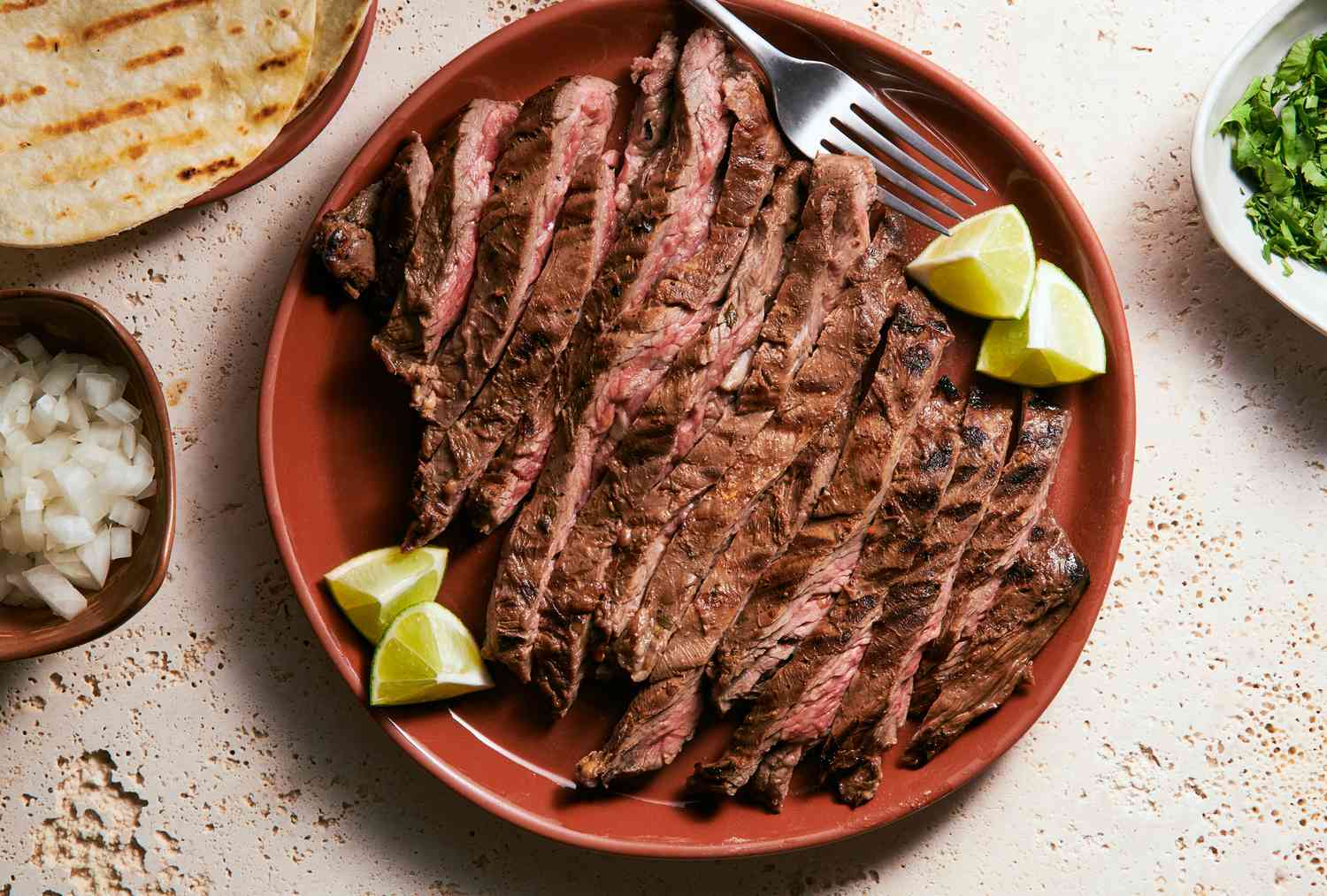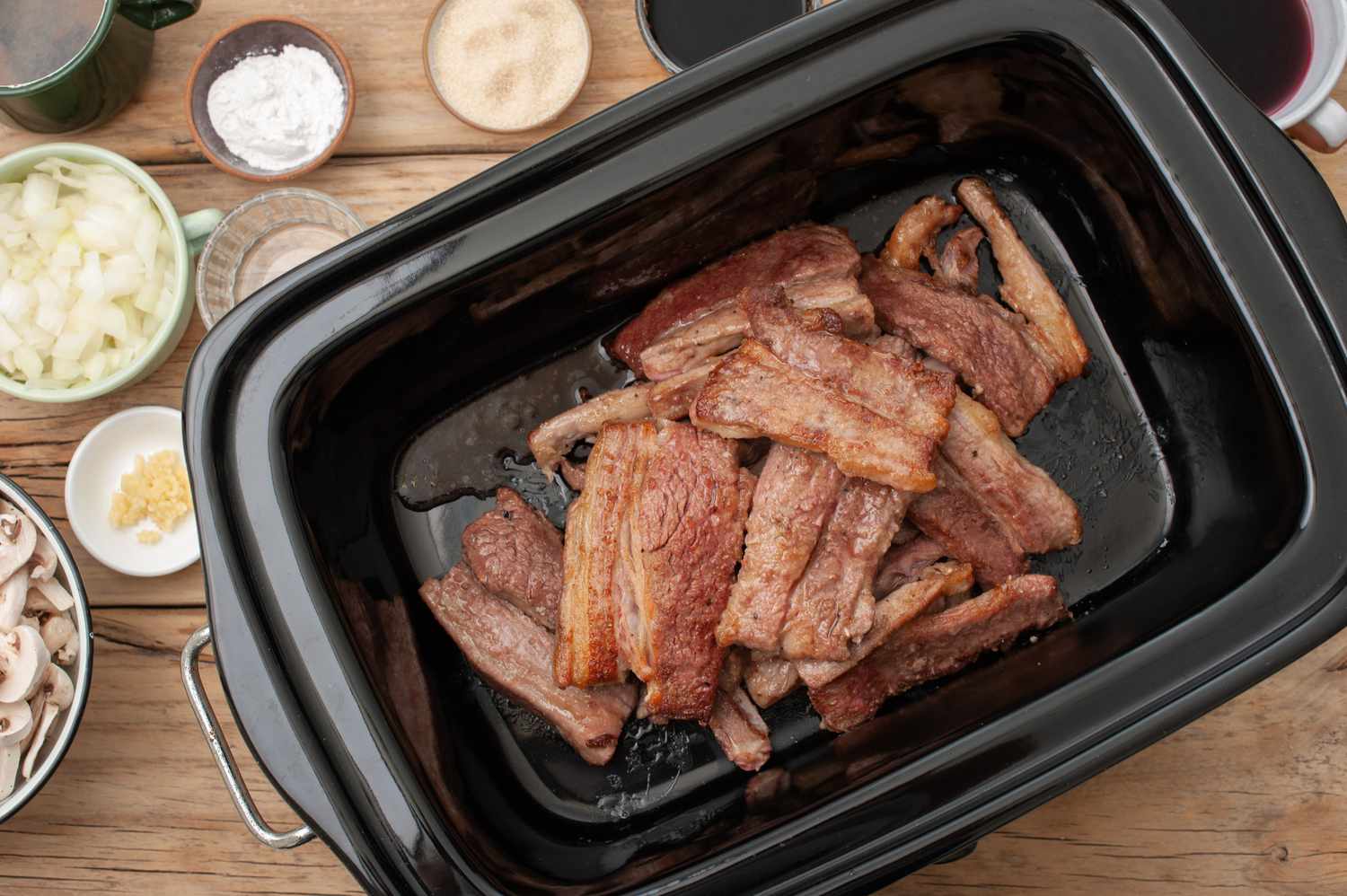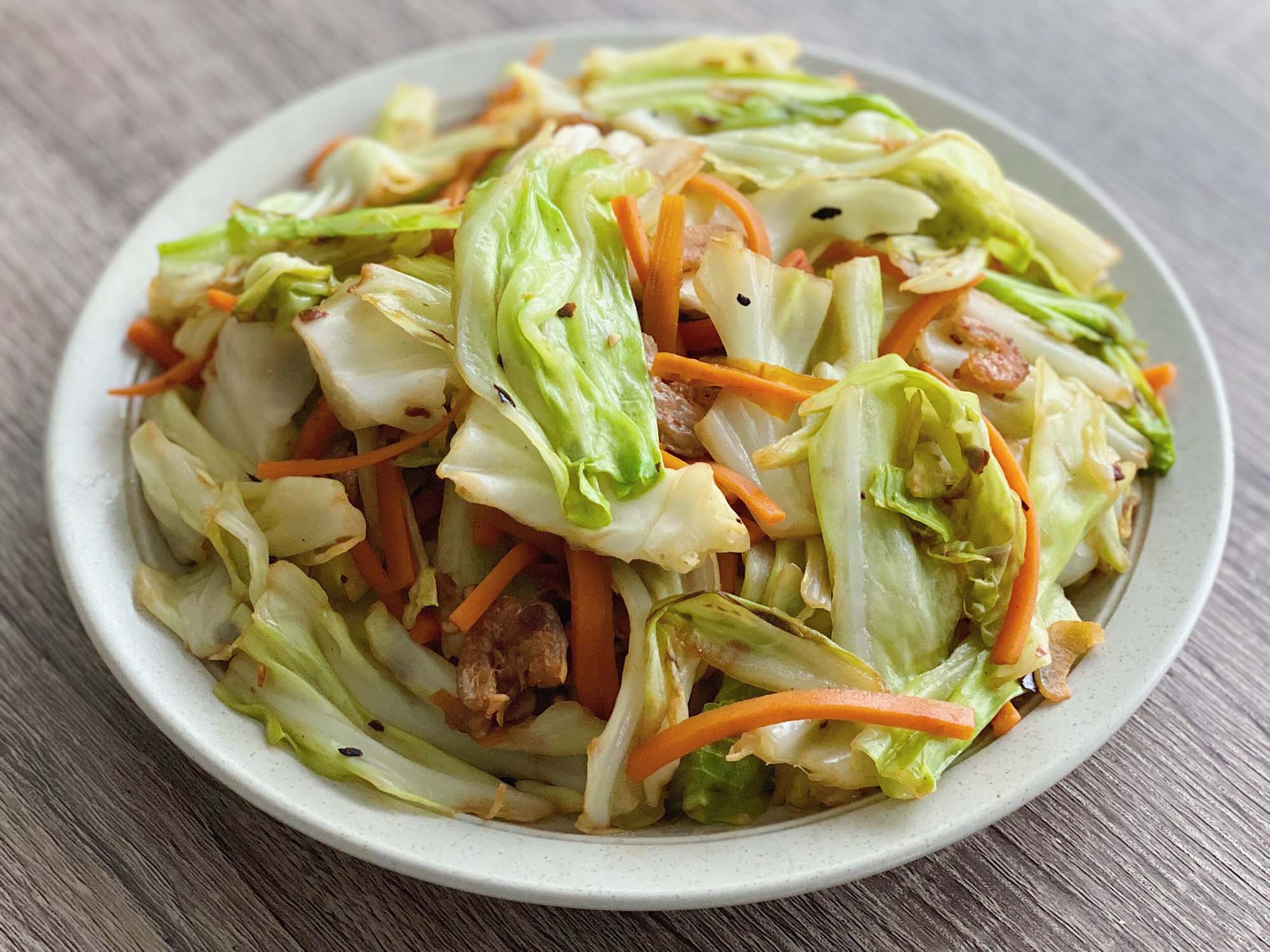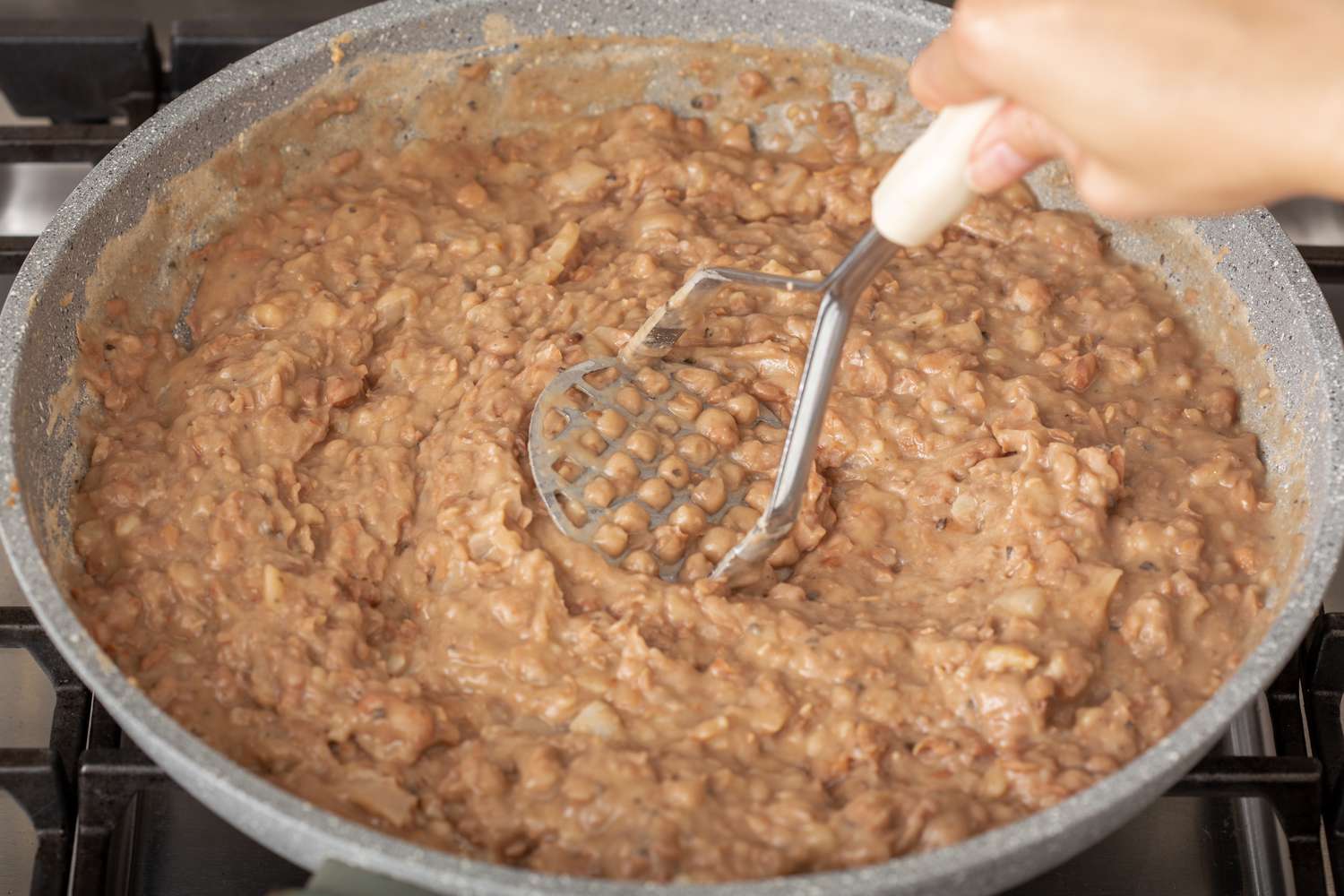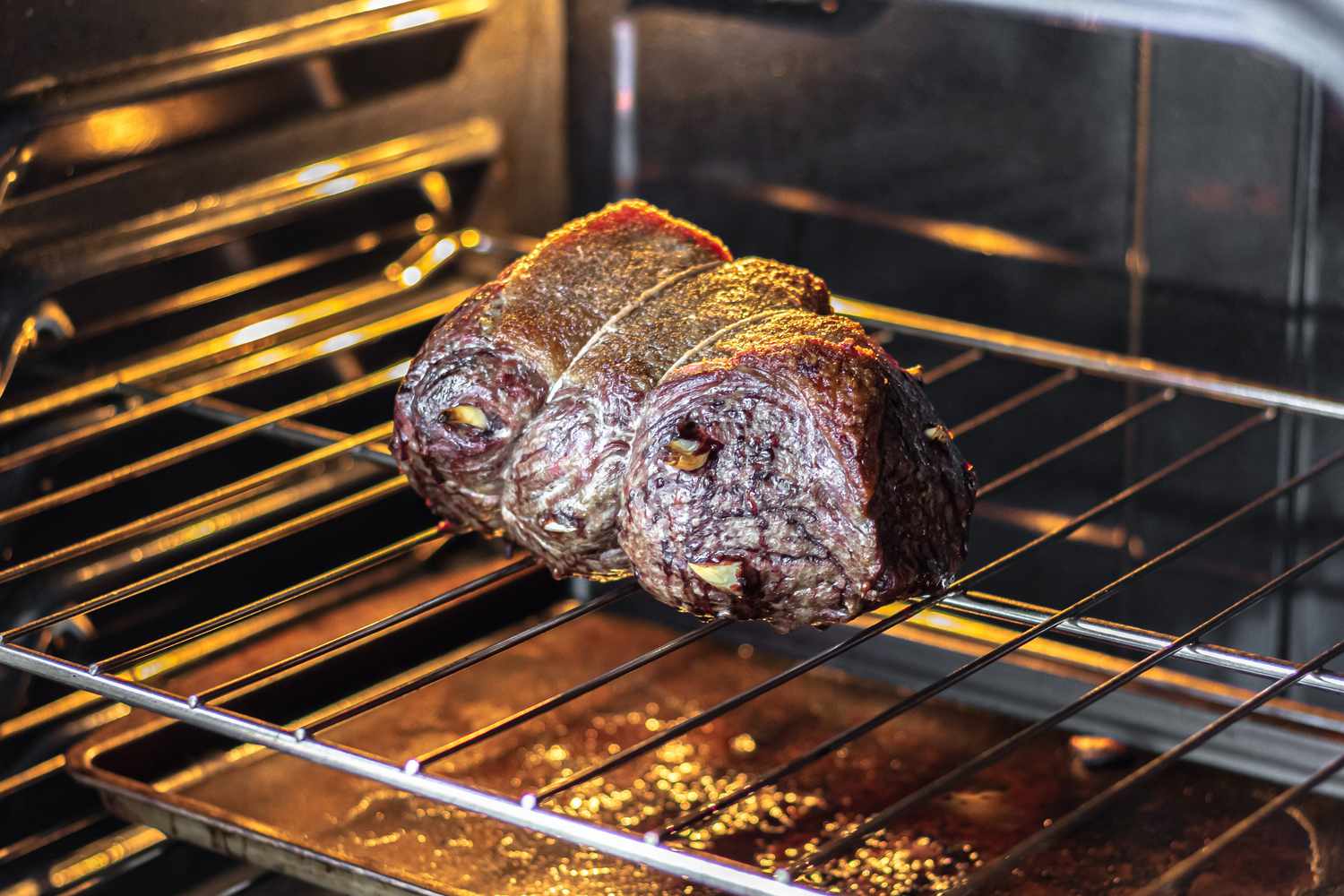How To Cook Chinese Cabbage: A Delicious and Nutritious Guide
Chinese cabbage, also known as Napa cabbage or bok choy, is a versatile and healthy leafy vegetable that can be incorporated into a variety of dishes. Whether you’re a cooking novice or an experienced home chef, this guide will walk you through the steps of cooking Chinese cabbage to perfection.
Before we delve into the cooking process, let’s highlight the numerous health benefits of Chinese cabbage. This cruciferous vegetable is packed with essential nutrients, including vitamin C, vitamin K, and folate. It is also a great source of fiber and antioxidants, making it a fantastic addition to any diet.
Step 1: Choosing and Preparing Chinese Cabbage
When buying Chinese cabbage, opt for fresh, firm heads with crisp, green leaves. Avoid those with wilted or discolored leaves. Chinese cabbage can come in different sizes, so select one that best suits your recipe or personal preference.
To prepare Chinese cabbage, start by removing any damaged or wilted outer leaves. Rinse the cabbage thoroughly under cold water to remove any dirt or debris. Once clean, pat it dry with a paper towel and thinly slice or chop it, depending on the recipe.
Step 2: Stir-Frying Chinese Cabbage
Stir-frying Chinese cabbage is a quick and delicious way to retain its crunchiness and maximize its flavor. Here’s how you can do it:
- Heat a tablespoon of vegetable oil or sesame oil in a wok or large skillet over medium-high heat.
- Add minced garlic and ginger to the hot oil and sauté for about 30 seconds until fragrant.
- Add the sliced Chinese cabbage to the wok and stir-fry for 2-3 minutes until it starts to wilt.
- Add a splash of soy sauce, a pinch of salt and pepper, and continue stir-frying for another 1-2 minutes until the cabbage is tender-crisp.
- Transfer the stir-fried Chinese cabbage to a serving dish and garnish with sesame seeds or chopped green onions for extra flavor.
This stir-fried Chinese cabbage can be enjoyed as a side dish or used as a filling in dumplings, rice bowls, or stir-fry combinations. The possibilities are endless!
Step 3: Steaming Chinese Cabbage
Steaming Chinese cabbage is another fantastic way to preserve its nutrients and delicate flavors. Follow these steps to steam Chinese cabbage with ease:
- Fill a pot or steamer with a few inches of water and bring it to a boil.
- Place the sliced Chinese cabbage in a steamer basket or a heat-safe colander lined with parchment paper.
- Put the steamer basket or colander on top of the boiling water and cover the pot with a lid.
- Steam the Chinese cabbage for 5-7 minutes until it is tender but still has a slight crunch.
- Remove the steamed Chinese cabbage from the steamer and drizzle it with a touch of soy sauce or a sprinkle of sesame oil for added flavor.
Steamed Chinese cabbage can be served alongside grilled meats, added to soups, or used in stir-fries to create a healthy and satisfying meal.
Step 4: Chinese Cabbage in Soups or Stews
Chinese cabbage is a wonderful addition to soups and stews, as it adds both texture and flavor. Here’s how you can incorporate it into your favorite recipes:
- Shred or chop the Chinese cabbage, depending on the desired size and texture.
- Add it to simmering broths, such as chicken, vegetable, or miso soup.
- Let it cook for 5-10 minutes until tender.
- Season the soup or stew with your favorite herbs and spices.
- Serve it hot and enjoy the nutritious goodness of Chinese cabbage in every spoonful.
By using Chinese cabbage in soups or stews, you can create a wholesome and comforting meal that will warm both your body and soul.
Experiment and Enjoy!
Chinese cabbage offers endless possibilities in the kitchen—whether you choose to stir-fry, steam, or use it in soups and stews. What’s great about this leafy vegetable is its ability to absorb the flavors of other ingredients, making it a versatile addition to a wide range of dishes.
So, the next time you’re at the market, don’t hesitate to grab a head of Chinese cabbage and get creative in the kitchen. Your taste buds and your body will thank you!
Was this page helpful?
Read Next: How To Cook Eggplant In Pan

